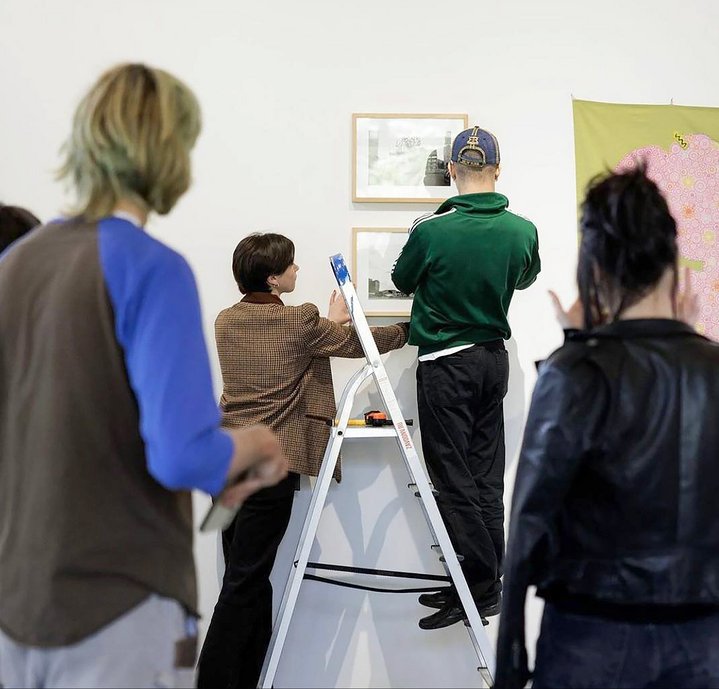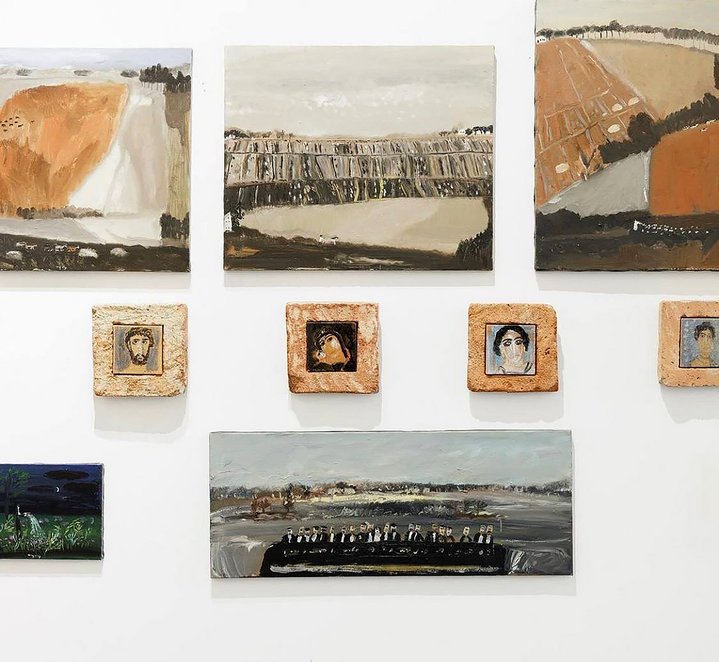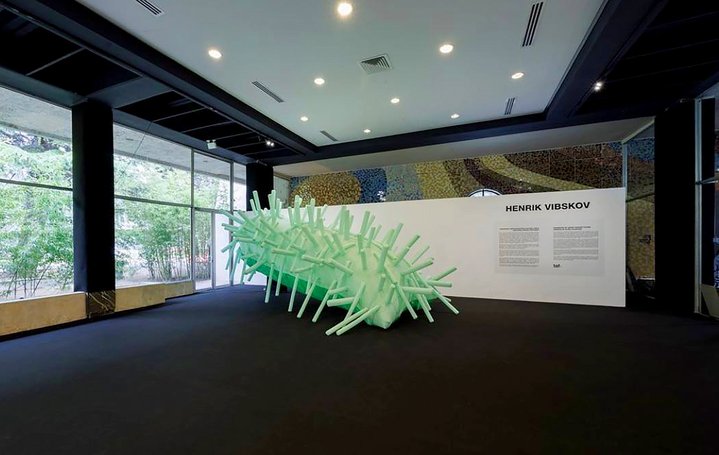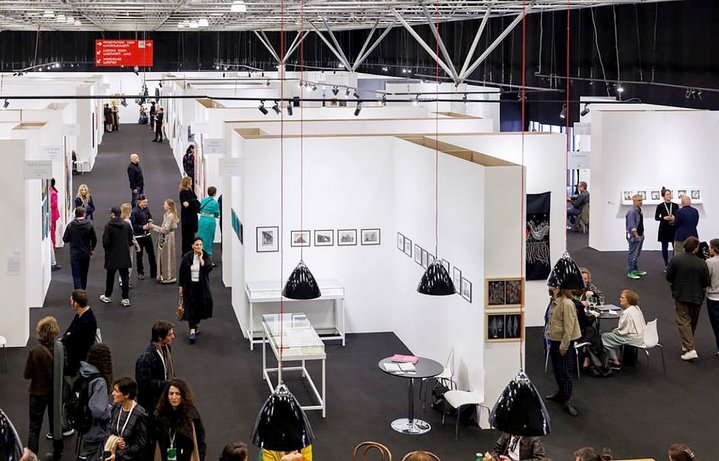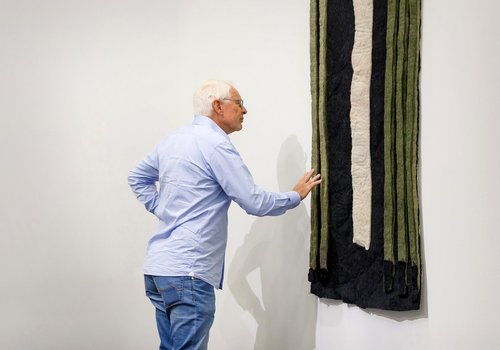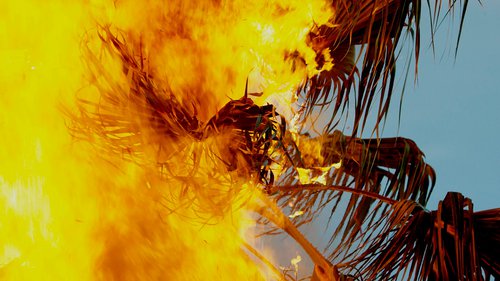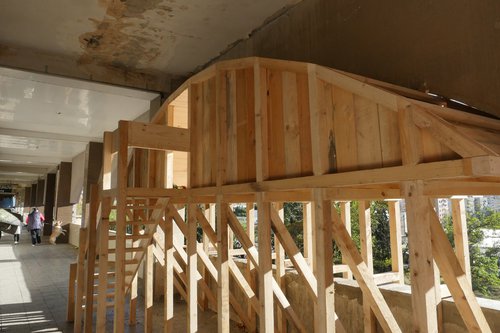Tbilisi Art Fair Gives a Lesson in Goodwill
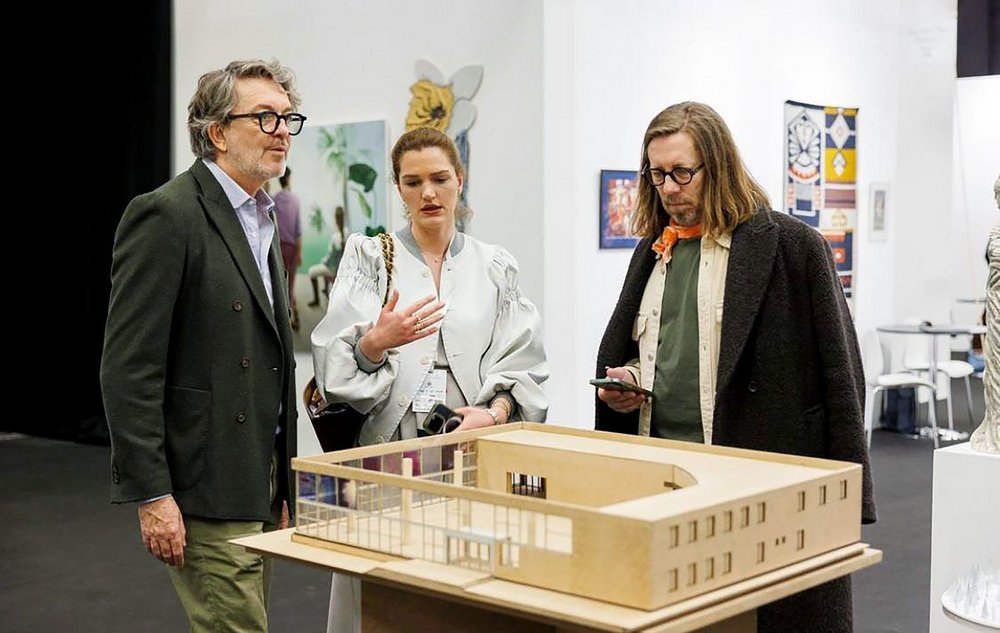
Tbilisi Art Fair. Exhibition view. Tbilisi, 2024. Image from Tbilisi Art Fair Instagram
Against a backdrop of political and economic turbulence Tbilisi Art Fair, which runs from 11th to the 14th of April, emerges as a beacon of cultural resilience. As Georgia navigates complex geopolitical dynamics, the fair stands as a testament to the enduring spirit of its artistic community. Despite adversities, artists and galleries from diverse backgrounds converge, showcasing not only their creative prowess but also the region's rich cultural tapestry amidst uncertain times.
This is the fourth iteration of Tbilisi Art Fair, held in the Georgian capital at ExpoGeorgia, an exhibition complex built in the early 1960s in the architectural style of the Thaw era. The simplicity, transparency and open layout of this Soviet modernist ensemble suits the relaxed atmosphere of the fair, where artists, gallerists and collectors from several countries mingle to enjoy art and socializing, chilling out on the numerous deck chairs which overlook ponds and greenery around the complex.
The main section of the fair features over thirty mostly local galleries, as well as exhibitors from France, Spain, Germany, Lithuania, Great Britain, Uzbekistan, and neighbouring Azerbaijan; there are twenty countries in all. When the fair started in 2018, the main focus was on art from the former Soviet Union and Eastern Europe, the peripheries of the big global art market. There were also participants from Russia both in the first edition and again in 2019, but today there are none – there are just no applications. From the outset Tbilisi Art Fair has had its challenges. It was canceled in 2020 due to the pandemic, there was a brief comeback in 2022 before it was cancelled again in 2023. Now, thanks to the tireless enthusiasm of entrepreneur Kaha Gvelesiani who founded the fair and artistic director Eric Schlosser who previously was at the helm of Art Moscow and Art Vilnius, Tbilisi Art Fair has returned in 2024.
At the opening ceremony, the organizers singled out Tbilisi's strategic position at the crossroads of cultures, where Western and Eastern artistic traditions meet and enrich each other. One main focus is on works by Georgian artists from different generations and schools and there were also Georgian artists represented by international galleries. Another focus is on young international art, so called ´emerging artists´ from outside the mainstream. This cross-section revealed parallels and similarities in the art of different countries united by their common Soviet past including Georgia, Azerbaijan, and Uzbekistan. You can see similarities in the predominance of bright colours, and figurative art, and in the choice of materials and techniques. The fair is dominated by painting, interspersed with works on paper and photography, and textiles of all kinds, from patchwork panels by Georgian artist Nino Kipshidze (b. 1968) to brightly coloured body-cloths by Uzbeki Dilyara Kaipova (b. 1967) and airy embroideries over prints with images of Piero della Francesco on thin canvases by Russian-born French artist Daria Krotova (b. 1971).
Textile art is today the new black for contemporary artists, as in the theme of one of the fair´s special projects, ´Textile Politics´ which explores the reinterpretation of traditional patterns from the Soviet era, the role of textiles as a means of self-expression, fabric as an independent medium and its use as the ground for texts. This exceptional exhibition provokes a dynamic visual dialogue, inviting us to interact with form, colour and narrative in playful ways.
There is a solo show of work by Danish artist and designer Henrik Vibskov (b. 1972), guest star artist at TAF which follows the same theme. Perhaps better known in the fashion world, his clothing designs combine Scandinavian minimalism with bright ornaments inspired by oriental motifs. Extremely versatile, Vibskov works at the intersection of design and contemporary art, music and performance art, and also creates costumes for theatre productions.
The main part of the fair includes Tbilisi´s top galleries, notably LC Queisser, Art Beat, Window Project and E.A.Shared Space, all of whom have been regularly representing Georgia on the international art scene. There is also the David Kakabadze Foundation, which presents a non-commercial exhibition of works and archival material by leading Georgian avant-garde painter David Kakabadze (1889–1962), helping to underscore the local historical context. Many of the works on display have rarely been exhibited before, including abstract works created by the artist in 1920s Paris and his black and white photographs of constructivist compositions.
There is also a spotlight on modernism at the booth of IART Gallery, who are offering for sale a still life by painter Vasily Shukhaev (1887-1973), watercolours by Maximilian Voloshin (1887-1932), works by Zygmunt Waliszewsk (1897-1936) (works on paper for about $6,000), Lado Gudiashvili (1896-1980) (his portrait of his friend, writer, artist and publisher Ilya Zdanevich is offered for $10,000), Kirill Zdanevich (1892-1969) and other representatives of the artistic avant-garde of 1920s Tiflis.
At the booth of the Georgian art advisory Reach Art Visual (R.A.V.) there were five major artists both Georgian and Chinese in one eye catching display. Mythological compositions by Merab Kopaleishvili (b. 1968), works by renowned Georgian artist Iliko Zautashvili (b. 1952), and Giorgi Kotrikadze's series of works on paper ´An Artist's Journey Abroad´. Nearby, Chinese artist Guan Yu (b. 1989) offers a powerful narrative of migration and sustainability with her visual journey through the personal experiences of a migrant. Finally, linking Georgian and Chinese traditions are drawings by Professor Liu-Kandareli Kuangwen, who teaches Chinese at the Institute of Asian and African Countries in Tbilisi.
Ta(r)dino 6 Art Platform from Azerbaijan presents three generations of contemporary Azerbaijani artists: Niyaz Najafov (b. 1968), Surayya Muganli and Regina Rzayeva. Surayya Muganli's drawings, executed with the ease of gouache and the precision of marker on paper, build on the tradition of medieval miniature painting. Niyaz Najafov has created thousands of flower paintings – mostly roses - on various scales, which hint at the curves of the human body. Young artist Regina Rzayeva is inspired in her paintings by the tradition of carpet weaving.
TAF´s artistic director Eric Schlosser came together with photographers Luca Battaglia (b. 1970) and Thierry Bouet (b. 1959), to bring a unique contribution to the fair himself in the Watchers Gallery project which showcases contemporary photography. In his works Luca Battaglia turns the photographic fixation of Tbilisi architectural monuments into an act of art, and in his Selfie project Thierry Bouet photographs naked women while they are taking selfies lying on a sofa. If you are inclined to a bit of exhibitionism, you can join the ranks of the photographer's models at the fair and take pictures on the same sofa in a private room at the booth!






